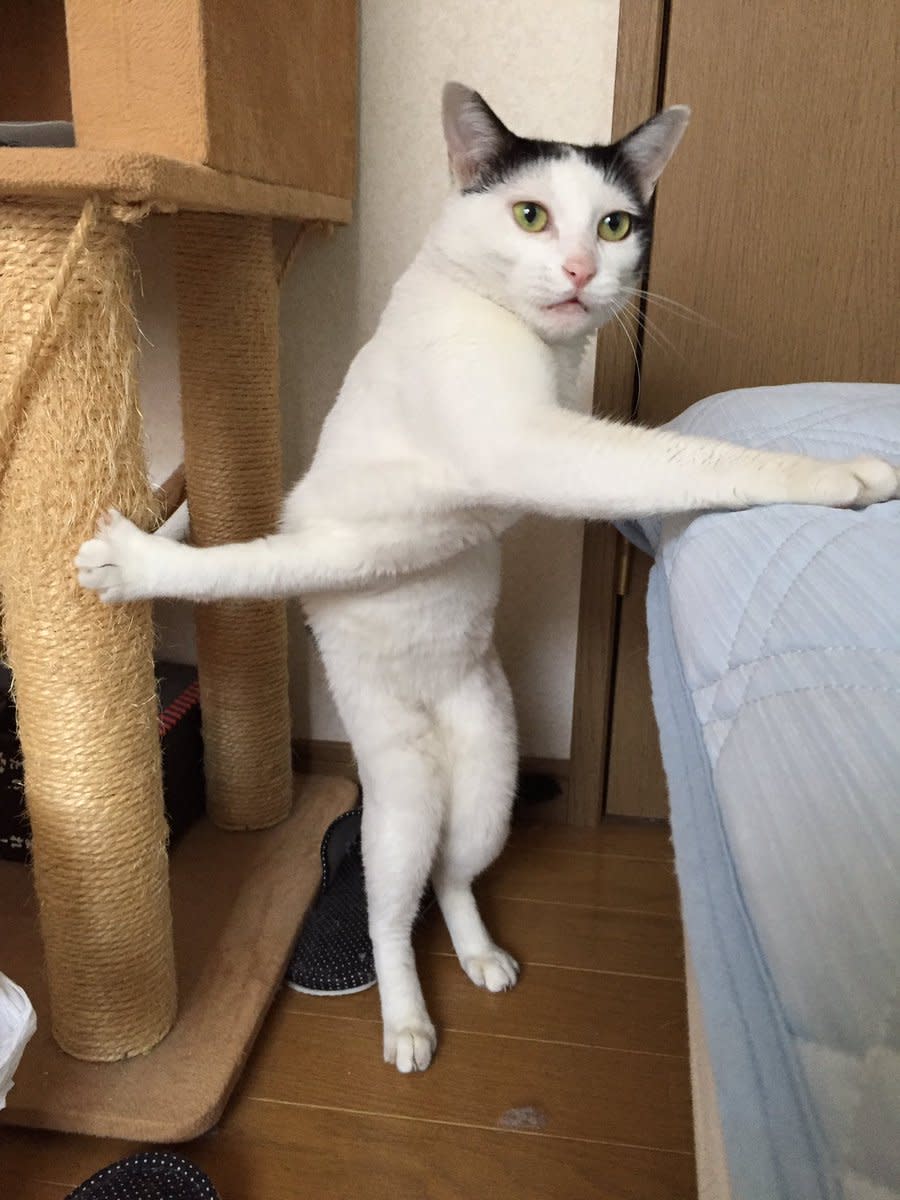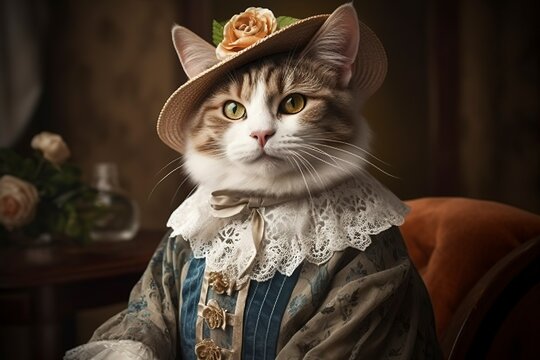In the middle of a population that was growing to over two million people in the busy metropolis of mid-1800s London, social scientist and journalist Henry Mayhew began an interesting study of the working and nonworking poor in the city. The “cats’-meat men” were vendors of boiling horseflesh who catered to the city’s feline populace. This was one of the intriguing but now-obsolete professions he studied. Cats were considered liminal in Victorian culture, and there were perhaps a thousand of these sellers on the streets of London feeding the three hundred thousand cats that lived there.
The Emergence of a New Feline Persona
During this era, a notable transformation was underway in the perception of cats. No longer mere scavengers and vermin controllers, they were ascending to the status of cherished companions. The advent of a new breed of cats, epitomized by sleek, pampered creatures like Oliver, signified a shift in their societal role. Accompanying this transformation was the proliferation of anthropomorphized felines in the artwork of figures like Louis Wain, whose whimsical depictions populated the pages of publications like the Illustrated London News.
“Catland”: A Journey Through Cultural Evolution
In her cultural history, “Catland,” literary critic Kathryn Hughes navigates a seventy-year period spanning the latter half of the nineteenth century to the early decades of the twentieth. Through alternating chapters, Hughes illuminates the life of Louis Wain, paralleling his artistic journey with the evolving perception of cats. She argues that this transition reflects broader modernist impulses, encapsulating the era’s confusion and uncertainty.

Exploring the Victorian Feline Phenomenon
Hughes delves into various facets of the Victorian fascination with cats, from competitive cat shows mirroring social stratification to the emergence of a new profession of cat breeders. With keen insight and a touch of anthropomorphism, she unravels the intricacies of feline-human dynamics, shedding light on societal norms and taboos surrounding cats.
Louis Wain: A Troubled Genius
As the central figure of “Catland,” Louis Wain’s life and art serve as a lens through which to examine the evolving relationship between humans and cats. Born with a cleft lip and plagued by inner turmoil, Wain found solace and expression in his art, particularly in his imaginative portrayal of cats. Despite facing personal and mental health challenges, Wain’s legacy endures as a testament to his avant-garde spirit and creative genius.

Reevaluating Wain’s Legacy
While Wain’s later works have been interpreted through the lens of his mental illness, Hughes challenges this reductionist view. Instead, she presents them as the experimental explorations of an artist ahead of his time. Wain’s legacy, encompassing both his whimsical illustrations and his later abstract compositions, continues to captivate and intrigue audiences, offering insights into the human condition and the enigmatic world of cats.
The Contemporary Cat Phenomenon
In today’s digital age, cats remain a source of fascination, albeit in a different context. Social media platforms are inundated with cat content, showcasing their peculiarities and idiosyncrasies. While Wain’s cats represented a herald of modernism, the cats of the internet offer a glimpse into nonhuman experience, hinting at the dawn of a post-human world.

As we navigate the ever-changing relationship between humans and cats, from the alleyways of Victorian London to the virtual realms of cyberspace, one thing remains certain: the enigmatic allure of the feline endures, transcending time and societal norms.
Feature image courtesy: Adobe Stock





